Nestled within the lush landscapes of Hocking Hills, Ohio, lies a rich and fascinating Indian history that spans thousands of years. Before European settlers arrived, this region was home to various Native American tribes, who lived in harmony with the land, leaving behind traces of their ancient civilizations. Exploring the Indian history of Hocking Hills offers a glimpse into the vibrant culture, traditions, and profound connection to nature that defined the lives of these indigenous peoples.
Ancient Ohio: Hocking Hills
In Ohio, there is evidence of nomadic hunters living on the land. Let’s not forget about Mound Builders, who developed a social civilization for 1000s of years before disappearing. Ohio country did not have land inhabitants for many hundreds of years. Native Americans began moving into the region during this time. Europeans arrived soon after and traded with Native Americans. Politics and economics drove fighting between North American people and drew Native Americans to these wars. Most Native Americans were forced to leave Ohio Country, many others.
Who Were First Peoples of Ohio?
More than half of Ohio was covered in ice sheets, making it uninhabitable. When the climate warmed, so too did glaciers which slowly receded, leaving room for people to move in. A man may have been in Ohio before the last ice age and long before the Mound Builders arrived. It is hard to know who lived here exactly or what things looked like before the last ice age. Perhaps some civilizations will never be known to us. We look to artifacts to build a historical and geological record that speaks to the people who arrived after the ice age and what they brought to Ohio.
Glacial Kame Culture
Glacial Kame Culture dates back around 10,000 years. These people buried their dead among loose stones. Archaic groups used the stony rises left by retreating glaciers which were kept hidden until the middle of the 19th century. During a boom in the 1800s, railroads were going up across Ohio. Part of the lying down rail involved setting iron rails into gravel beds. Geologists identified glacial kames where gravel could be excavated and used in road construction. More than 300 ancient grave sites were uncovered along with pottery fragments which added to the identity of the people.
Rolling Hills and History
Part of Wayne National Forest in Hocking Hills State Park is located in Hocking County in southern Ohio. Part of the Allegheny Plateau, the land in Hocking Hills Park spans from central New York to the north through Pennsylvania and eastern Ohio to West Virginia in the south. This region was under water (Atlantic Ocean) historically, which planted sand and gravel to form Blackhand sandstone. The rock formations came out of this sandstone and natural features in the region like caves and cliffs were formed.
Tree and plant species enjoy damp environments to grow and thrive, which also drew Native peoples to the region. Shawanee, Delaware, and Wyandot tribes hunted and lived here from the 1600s to the 1700s but Indian people may have been there seven thousand years ago. This land was referred to by them as ‘Hockhocking’ or bottleneck river. Hocking became a county in 1818 and settlement expanded with the completion of the Hocking Canal in 1840.
Ancient Earthworks
One of the remarkable aspects of the Indian history in Hocking Hills is the presence of ancient earthworks, which were created by the indigenous peoples for various purposes. The most notable earthworks in the area are the Seip Mound and the Hopewell Culture National Historical Park. These impressive structures, built by the Hopewell and Adena cultures, provide a glimpse into the sophisticated engineering and ceremonial practices of these ancient societies. Visitors can explore these ancient earthworks and learn about the cultural significance they held for the indigenous peoples.
Geological Wonders
Old Man’s Cave is a famous area visited by thousands of people each year in Hocking Hills State Park. The name comes from 19th-century hermit Richard Rowe, who supposedly lived in the cave in old age. This gave it the name ‘Old Man’s Cave.’ Conkle’s Hollow is a deep gorge featuring cliffs overlooking a gorge. The many rock formations and park destinations grew from the 1800s to the early 1900s. In 1924, the State of Ohio purchased 146 acres of Hocking County. In the early 1970s, the park built a dining hall and log cabins which increased numbers. People went beyond the journey to Hocking Hills to enjoy caves, waterfalls, cliffs, and wildlife that used the park.
Rock Shelters and Cave Paintings
Hocking Hills is known for its breathtaking rock formations and scenic caves, some of which hold evidence of ancient Native American presence. Rock shelters and caves like the famous Rock House were utilized by the indigenous peoples as shelter, ceremonial sites, and canvases for their artistic expressions. In some caves, remnants of ancient paintings and carvings can still be seen, showcasing the creativity and spiritual beliefs of these early inhabitants. These rock art sites provide a fascinating insight into the cultural and artistic heritage of the indigenous peoples who once called Hocking Hills home.
Native American Trails
Long before modern roads were built, Native American tribes established a network of trails connecting various regions. These trails served as trade routes, pathways for hunting and gathering, and means of communication among tribes. Hocking Hills was traversed by several important Native American trails, including the Shawnee Trail and the Great Trail. Following these historic trails allows visitors to connect with the footsteps of the indigenous peoples and gain a deeper appreciation for their connection to the land.
Cultural Significance of Nature
The indigenous peoples of Hocking Hills had a profound connection to the natural environment, viewing it as sacred and imbued with spiritual significance. They lived in harmony with the land, relying on its resources for sustenance and practicing sustainable methods of hunting, fishing, and agriculture. Exploring the pristine forests, breathtaking waterfalls, and tranquil streams of Hocking Hills offers a unique opportunity to reflect on the deep reverence and intimate relationship that indigenous peoples had with the natural world.
Preservation and Education
Preserving and honoring the Indian history of Hocking Hills is of utmost importance. Local organizations, historical societies, and parks work diligently to protect and educate visitors about this rich heritage. They offer interpretive programs, guided hikes, and educational materials that shed light on the indigenous cultures that once thrived in the region. One of the most popular is the Tecumseh Outdoor Drama, which is a theatrical retelling of early meetings between settlers and Indians. By engaging with these resources, visitors can gain a deeper understanding of the indigenous peoples’ history, traditions, and contributions.
The Indian history of Hocking Hills is a testament to the enduring legacy of the indigenous peoples who called this land their home. Exploring their ancient earthworks, rock art, trails, and cultural connections to nature allows us to appreciate the rich tapestry of cultures that have shaped the region. By acknowledging and respecting the Indian history of Hocking Hills, we honor the contributions of these indigenous peoples and deepen our connection to the land and its diverse heritage.
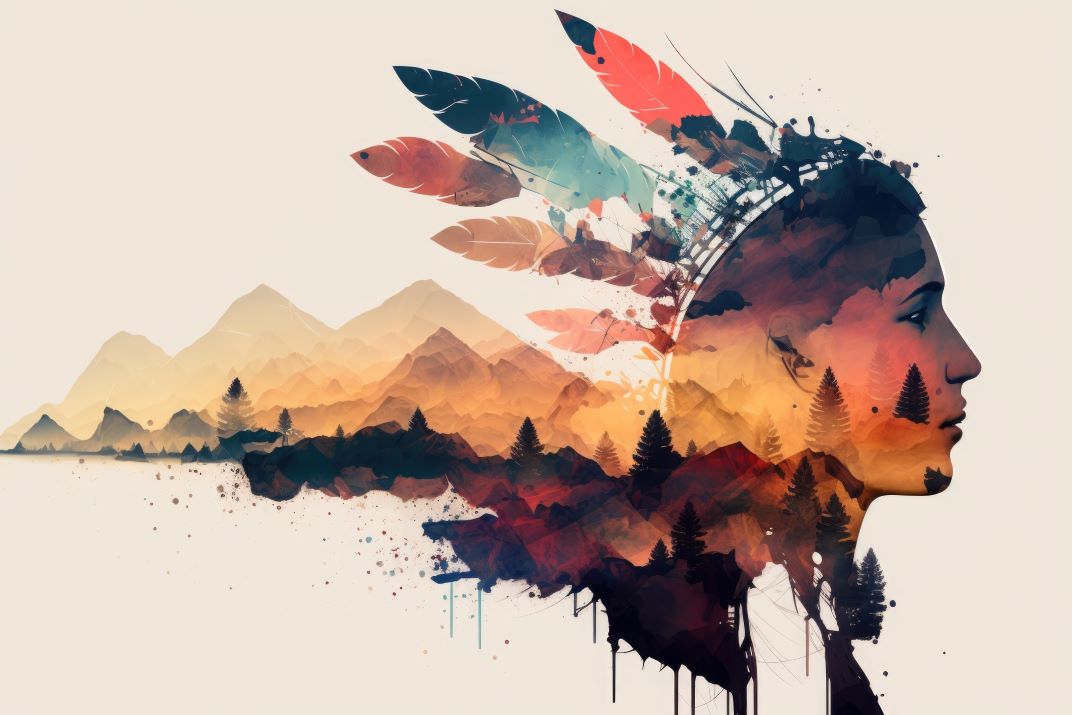
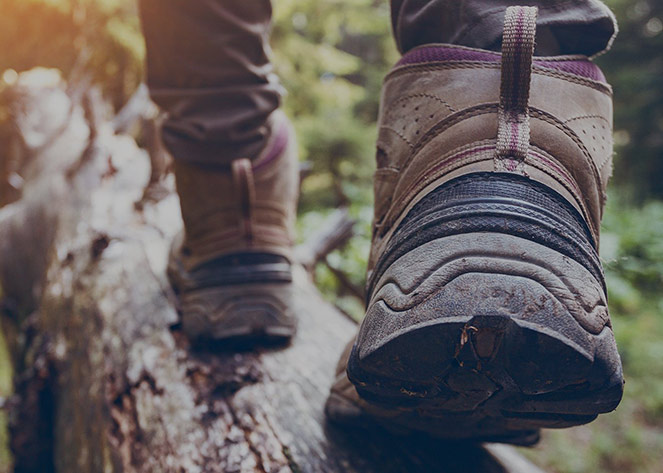

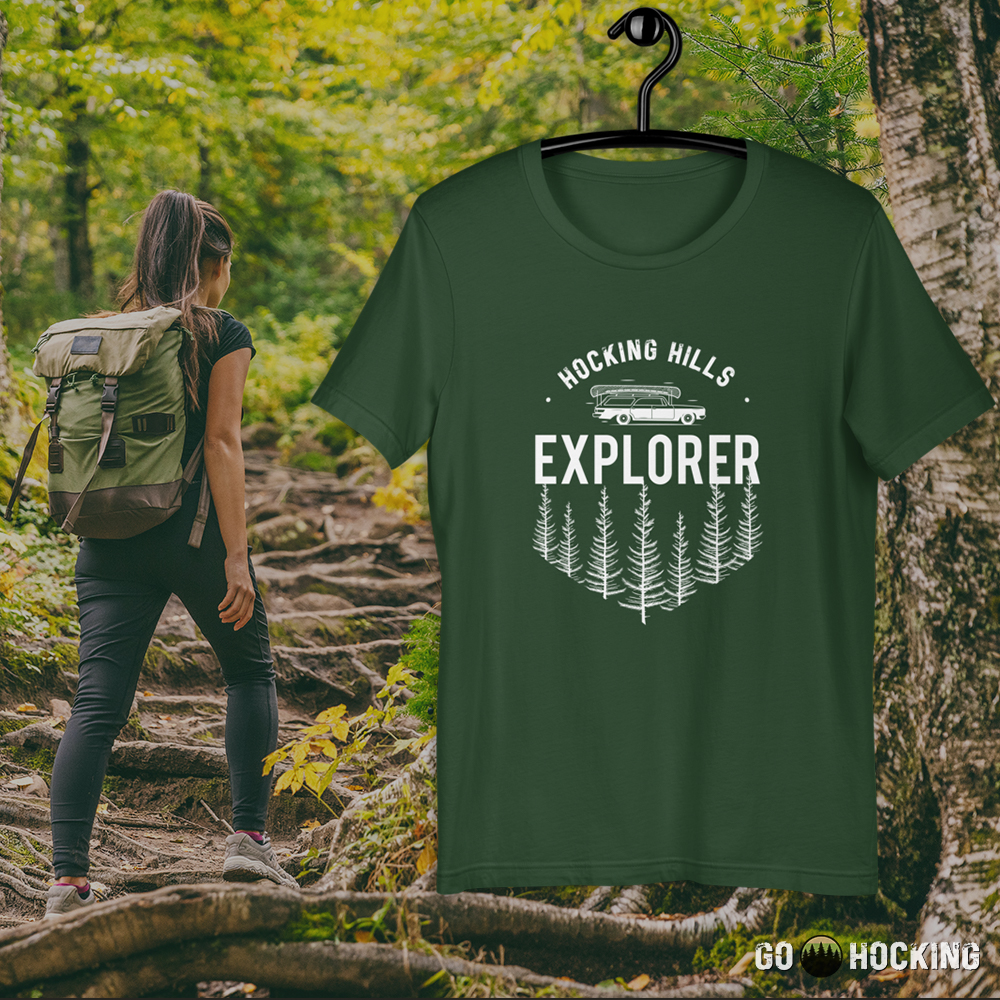

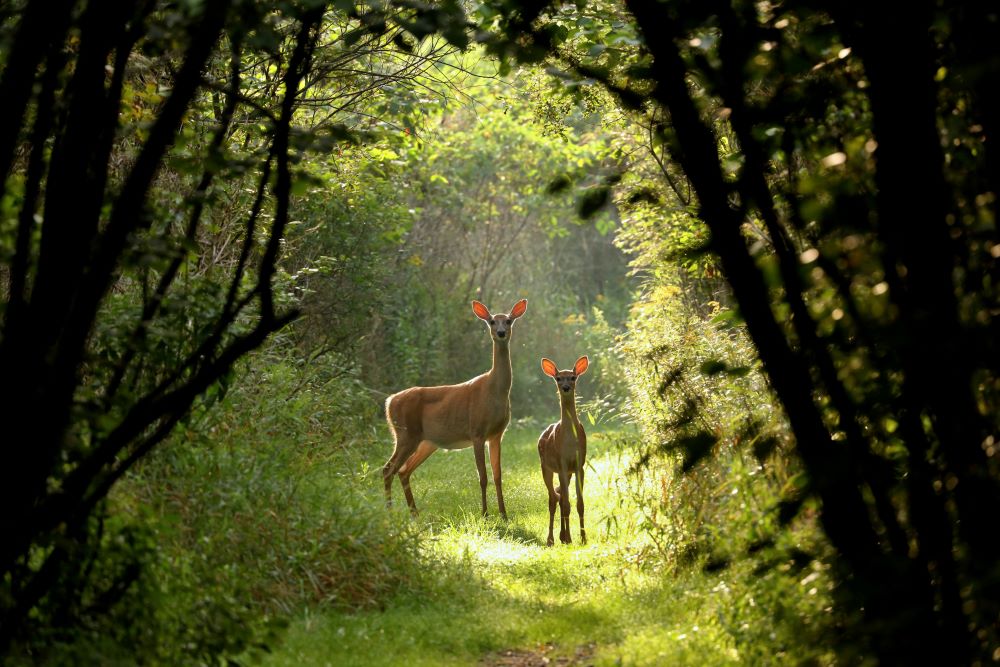
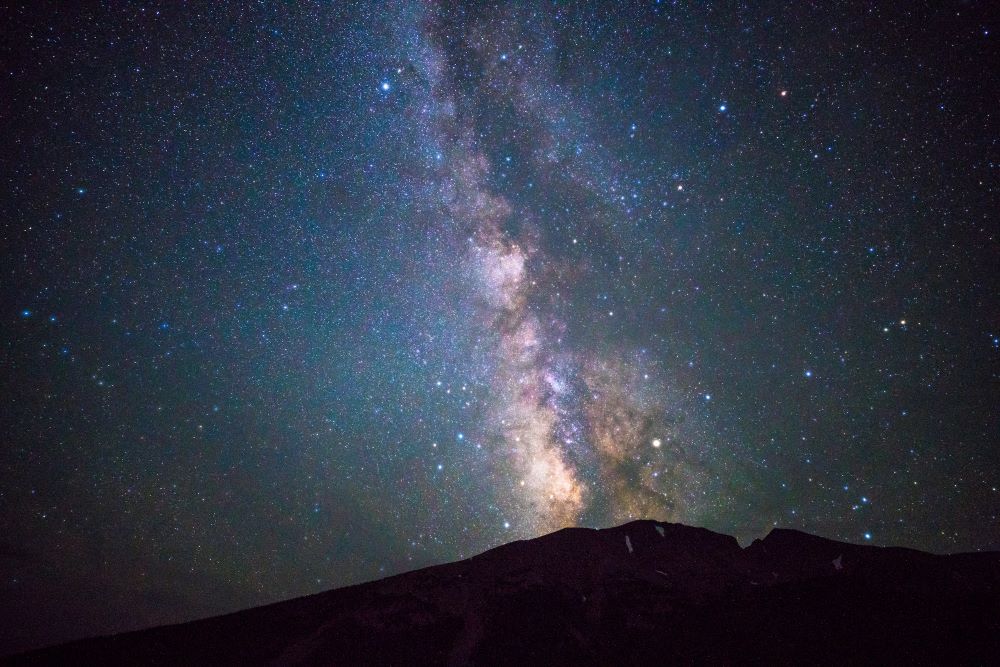
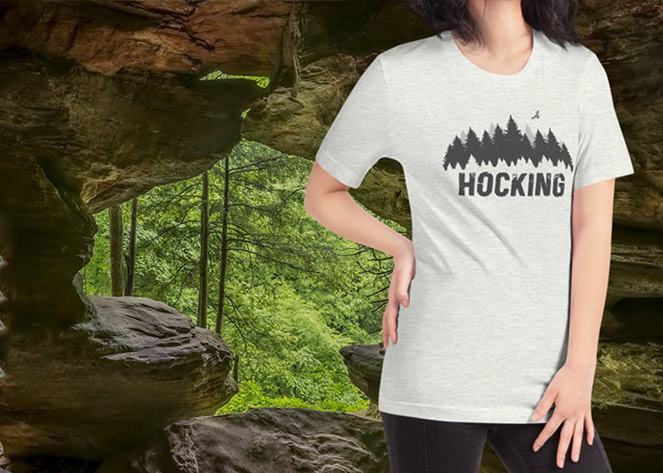
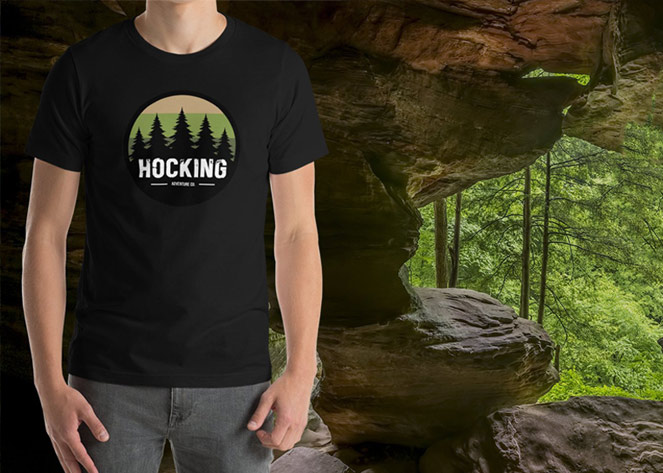
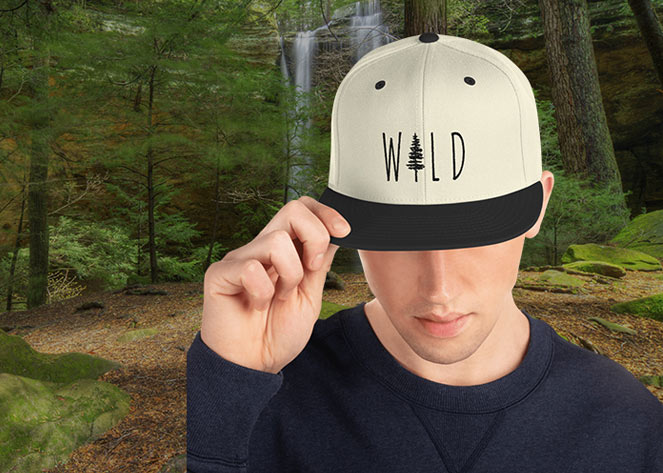

Share This Page